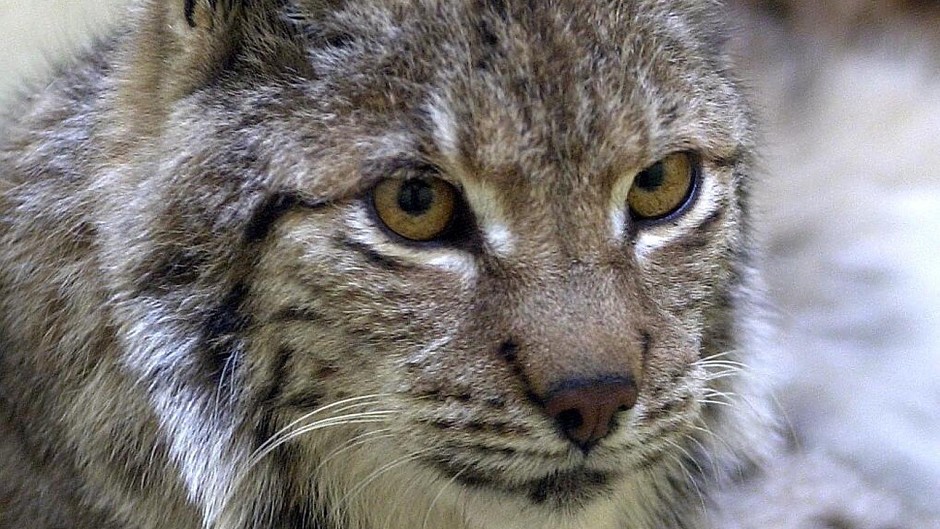Farming leaders were this week given a stark warning of what the future might hold if large carnivores are introduced to Scotland’s hills and forests.
A group of 45 farmers from Norges Bonderlag, the Norwegian farmers union met NFU Scotland land use experts on Monday evening before embarking on a study tour of the north-east and Speyside.
The group, mostly from the Tromso region of northern Norway, is led by Norges Bordelag vice president Kristin Lanssen who explained the impact that predation by lynx, wolverine, bears and wolves was having on the nation’s sheep sector.
The best estimates are that Norway now hosts approximately 350 lynx, 378 wolverine, 148 bears, and 34 wolves. Last year alone 3,895 ewes and an astonishing 19,671 lambs were lost to these predators with little legislative protection available.
Essentially these large carnivores are protected and unless there is very strong evidence of repeated predation local governors are very reluctant to issue culling permits.
Ms Lanssen explained that in many areas outdoor livestock farming is impossible with the psychological stress levels taking a serious toll on farmers.
Large parts of Norway were zoned for species protection and although there was a government compensation scheme it only covered approximately three fifths of losses reported by farmers.
“These predators survive harsh Norwegian winters and they would have a ball here [Scotland] with so many animals to prey on. The lynx and wolverine are mostly native but the wolves and bears tend to wander in from Finland, Russia and Sweden and we need a cross-border policy. Here in Scotland you are unique because you don’t have that border problem. I hope your politicians know what they are doing if they deliberately allow these species to be introduced,” she said.
“We don’t understand the argument that these predators would help control deer numbers. Deer can be controlled by hunting far more effectively. Our farmers often see cases where lynx and bears kill prey and move on without eating the carcase or worse still eating part of it and leave the animal still alive.”
